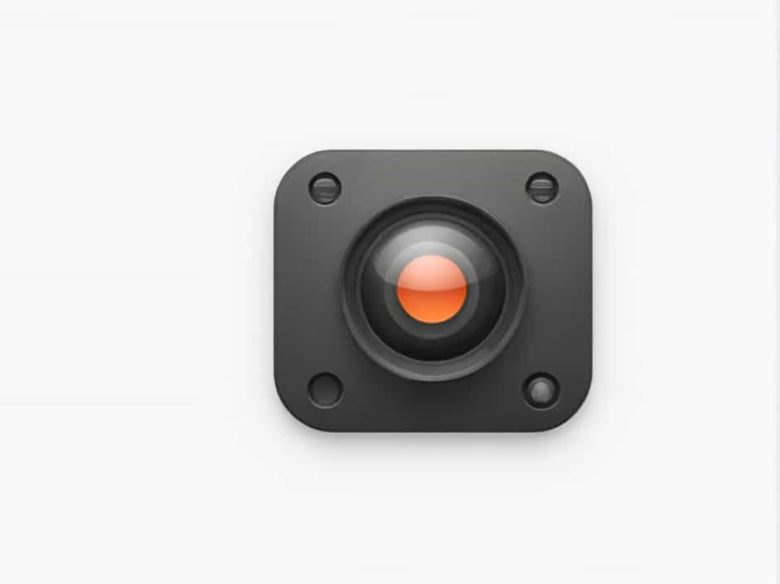A pinhole projector is a simple device that allows you to safely view solar eclipses or observe the movement of light. Unlike direct viewing which can damage your eyes a pinhole projector creates a safe projection of the Sun on a surface.
This topic will guide you through an easy step-by-step process to make your own pinhole projector using common household materials. Whether you are a student teacher or astronomy enthusiast this project is a fun and educational experience.
What Is a Pinhole Projector?
A pinhole projector is a simple optical device that projects an image onto a surface using a small hole. It works on the principle of light traveling in straight lines. When sunlight passes through the tiny hole it forms an inverted image on the opposite side.
This method is particularly useful for safely viewing solar eclipses as it prevents direct exposure to the Sun’s rays.
Materials Needed
To make a pinhole projector you will need:
- A cardboard box (shoebox or cereal box)
- Aluminum foil
- White paper
- Tape or glue
- A sharp pin or needle
- Scissors or a craft knife
These materials are easy to find at home making this a budget-friendly project.
Step-by-Step Guide to Making a Pinhole Projector
Step 1: Prepare the Box
- Take a cardboard box and remove any flaps to create a sturdy structure.
- On one end of the box cut a small square (about 1-inch wide) using scissors or a craft knife.
Step 2: Create the Pinhole
- Cut a small piece of aluminum foil (around 2 inches square).
- Tape the aluminum foil over the hole you just made in the box.
- Use a pin or needle to poke a small hole in the center of the foil. This will be your pinhole.
Step 3: Create the Viewing Screen
- On the opposite end of the box (inside) tape a piece of white paper.
- This will act as the projection screen where the Sun’s image will appear.
Step 4: Make a Viewing Hole
- On the same end as the white paper cut a small hole to look through.
- This hole should be big enough for your eye to see the projected image inside the box.
Step 5: Test Your Pinhole Projector
- Stand with your back facing the Sun.
- Hold the pinhole projector in front of you so that sunlight enters through the pinhole.
- Look through the viewing hole and see the Sun’s image projected onto the white paper inside the box.
How Does a Pinhole Projector Work?
The pinhole acts as a lens allowing light to enter in straight lines. Since light rays cross over when passing through the hole the image appears inverted on the white paper. This is the same principle used in early camera obscuras the ancestors of modern cameras.
Why Use a Pinhole Projector?
1. Safe Solar Viewing
Looking directly at the Sun can cause permanent eye damage. A pinhole projector provides a safe indirect way to observe solar events.
2. Simple and Affordable
Unlike solar glasses or telescopes a pinhole projector is easy to make at home with everyday materials.
3. Educational and Fun
This DIY project is an interactive way to learn about optics and light behavior. It is great for science experiments classroom activities or personal curiosity.
Tips for Better Results
- Use a smaller pinhole for a sharper image.
- Make sure to stand in an open area with direct sunlight.
- If the image is too small move the box farther from the pinhole.
- Avoid using this method when the sky is cloudy as clear skies provide the best projection.
Frequently Asked Questions
1. Can I use a pinhole projector to view a solar eclipse?
Yes! A pinhole projector is a safe and effective way to view a solar eclipse without damaging your eyes.
2. Why is the image inverted?
The pinhole creates an optical effect where light rays cross over forming an upside-down projection.
3. Can I use any type of box?
Yes but a longer box creates a larger image while a smaller box produces a brighter but smaller projection.
Making a pinhole projector is an easy fun and safe way to observe the Sun and learn about light behavior. Whether you are preparing for a solar eclipse or just curious about optical physics this DIY project is a great hands-on experiment.
Try making one today and experience the magic of light and shadows with your own homemade pinhole projector!



